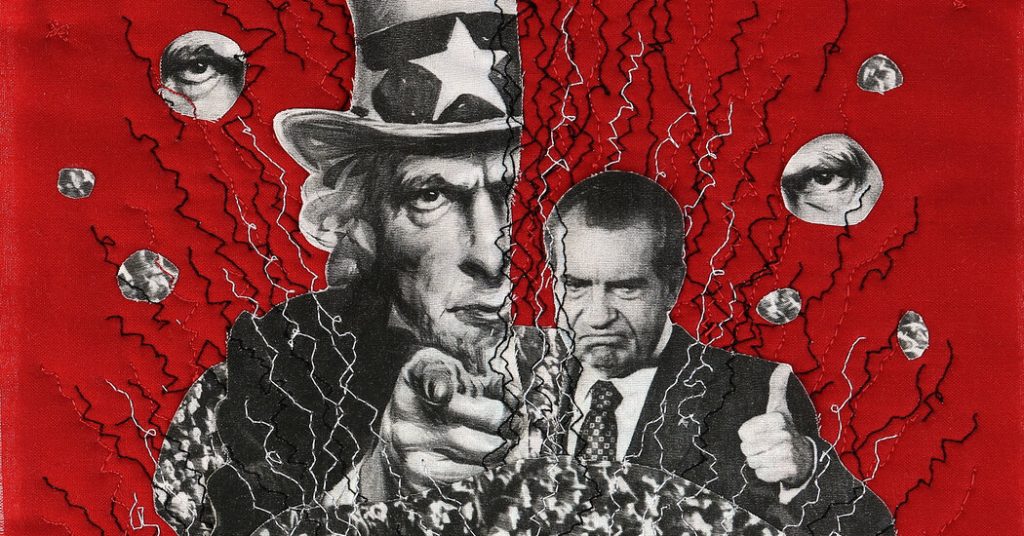what to read
What to read
What to read
Test
Robert Coover’s “The Public Burning” sparked bewilderment and concern when it was published in 1977. Reality, in spite of everything, lived up to his masterpiece.
Credit. . . Joan Wong
Supported by
By Alexander Nazaryan
Alexander Nazaryan writes about politics, culture and science.
It was a congressional contributor, among others, who led me to “The Public Burning,” Robert Coover’s magnificent novel about American politics, which is even more applicable today than when it was first published, to great amazement and acclaim. in 1977. sandwiches on I Street in Washington, D. C. , the hopeful early days of the Biden administration, and I asked the aide for advice: Never limit yourself to lunch or drinks in Washington. The latest Capitol Hill gossip, as is the norm, directed me to Coover’s classic.
This remains the most productive recommendation I have ever received, a scoop that I am pleased to share with you now. Coover died in October, just as the truth, despite every aspect of his masterpiece, was an “extraordinary act of ethical passion,” as one New York Times critic wrote at the time, a “destructive device that will not be easily disabled. “. ” Starring Richard Nixon, “The Public Burning” mocks our politics and our culture by reveling in both references to the ephemeral score of the 50s, so lively that the words almost seem to vibrate, like rubble released by a madman. “It is a dazzling, star-studded fiction,” wrote novelist William H. Gass at the beginning of a 1998 edition, “and each and every one of the terrible words that are said about it are true. “
Well, it’s true. The name of the novel refers to the execution of Ethel and Julius Rosenberg, for supposedly passing atomic secrets to the Soviets, in 1953: “thieves of light who will be burned by the light”, as Coover describes their tricks in the electric chair in Sing Sing. . In “The Book of Daniel,” published six years earlier, E. L. Doctorow had called their deaths a family tragedy; Here it is a national farce staged in the middle of Times Square.
A sign shines on the level where the Rosenbergs will fry: “AMERICA, THE HOPE OF THE WORLD. “Only the words “transform letter after letter before the eyes of astonished passers-by” until they materialize a less joyful message: “AMERICA, THE JOKE OF THE WORLD. “Oh!
Coover’s mind is chronically wild, but the premise of “The Public Burning” is strangely simple. Nixon, then Dwight D. Eisenhower’s vice president, will conclude his business in Washington before traveling to New York to attend Rosenberg’s show. As for the plot, that’s it.
The novel opens with the most banal ritual in Washington: a press conference. Three days earlier, Eisenhower had warned Dartmouth graduates to “join the e-book burners,” a reference to Sen. Joseph McCarthy of Wisconsin and his attorney Roy Cohn, who helped bring the lawsuit against the Rosenbergs. Today, Eisenhower defends those comments before the Washington press, as he did in real life. Meanwhile, at the Supreme Court, Justice William O. Douglas (to whom Coover dedicates the novel) is willing to grant a stay of execution in the Rosenberg case.
We are recovering the content of the article.
Allow JavaScript in your browser settings.
Thank you for your patience as we determine access. If you’re in player mode, log out and log in to your Times account or subscribe to the full Times.
Thank you for your patience while we determine access.
Are you already subscribed? Access.
Do you want all the Times? Subscribe.
Advertisement

